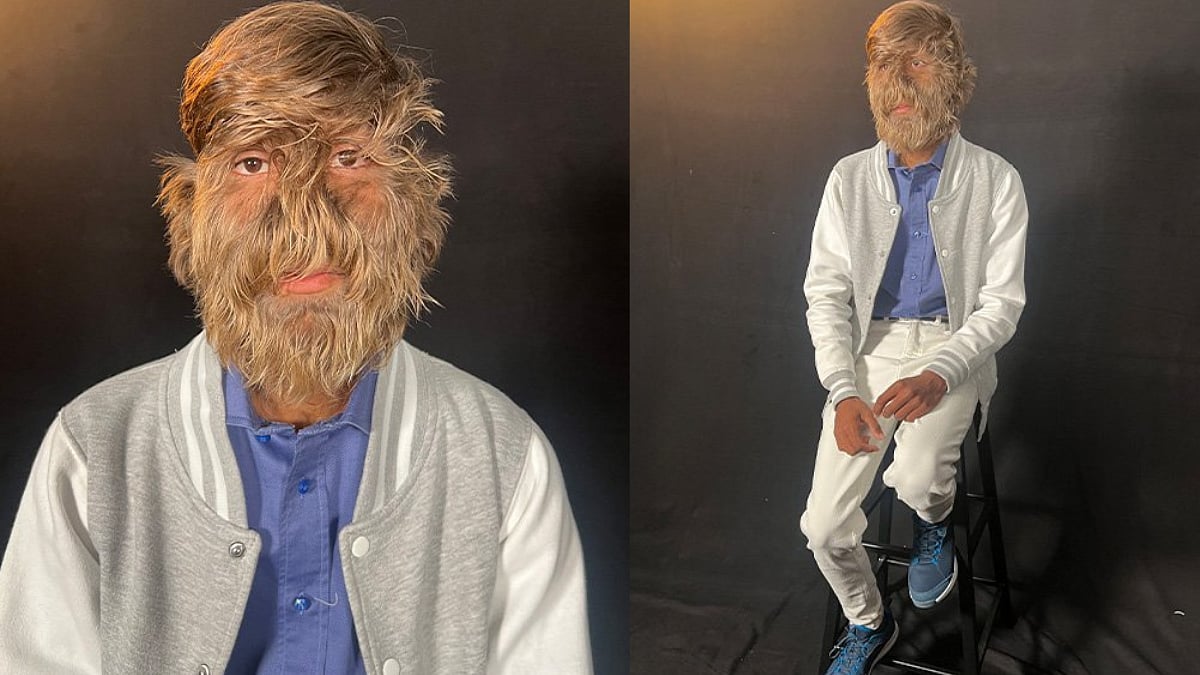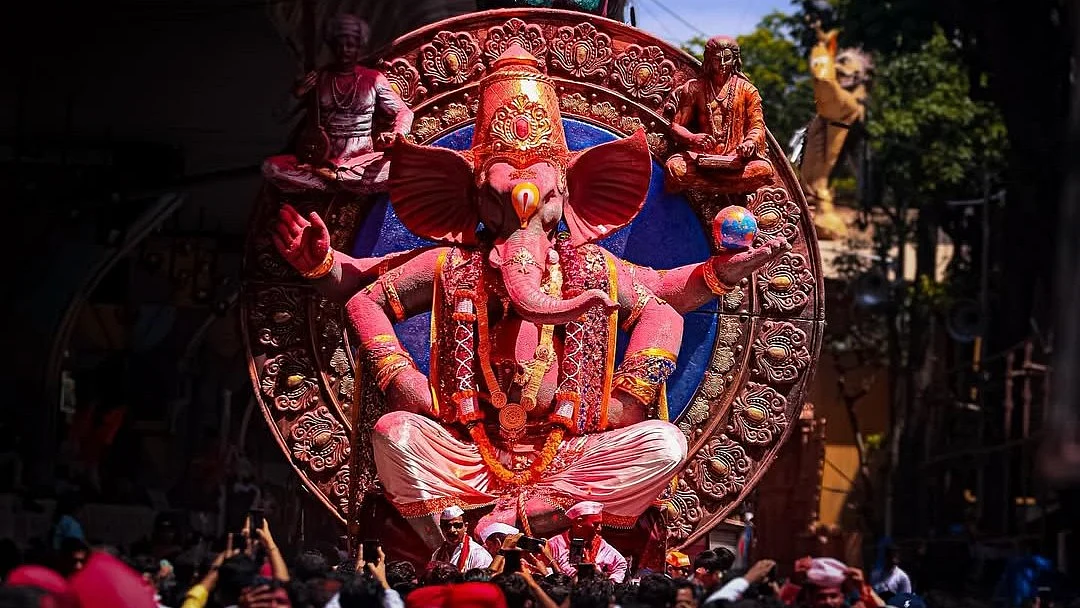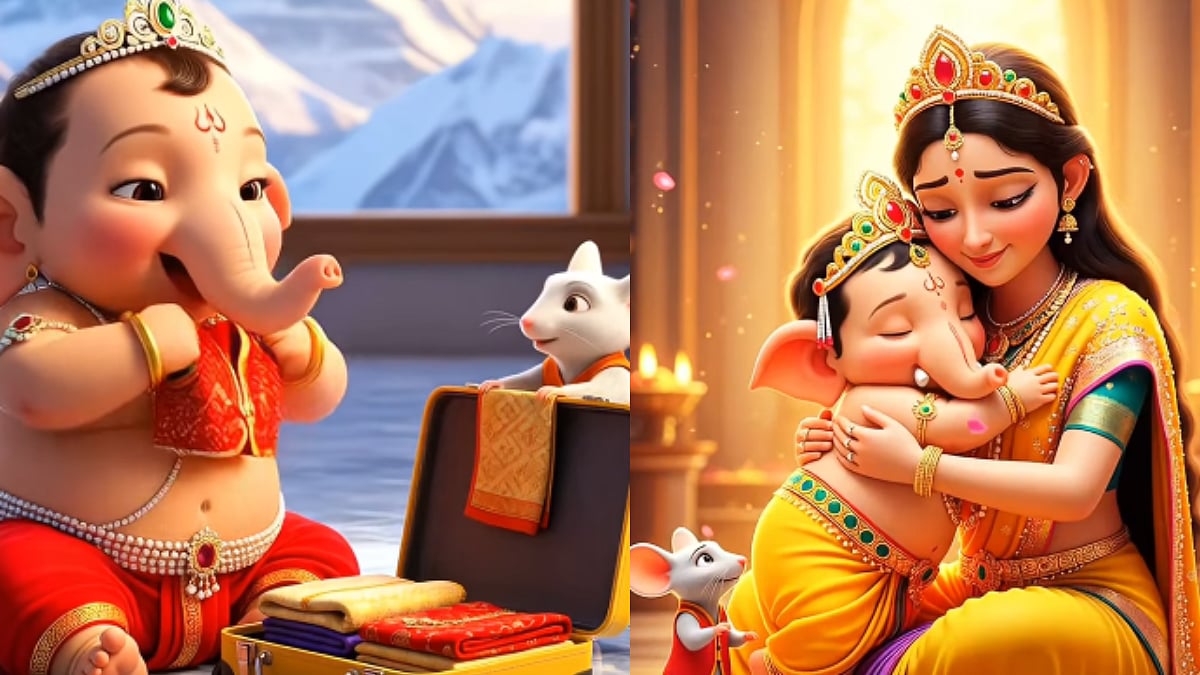In a story that made global headlines, 18-year-old Lalit Patidar from India had set a Guinness World Record for having the hairiest face on a male in March 2025. With nearly 95% of his face covered in thick hair, Lalit has an extraordinary density of 201.72 hairs per square centimetre, making his case truly exceptional.
Patidar’s achievement is not just about breaking a quirky record; it highlights a medical rarity. Guinness World Records has described his case as “one in a billion”, as such instances have barely been documented in history. In fact, experts say there have been only about 50 known cases since the Middle Ages, nearly 500 to 1,500 years ago.
So, what exactly is this rare condition? Keep reading to know.
What is Werewolf Syndrome (Hypertrichosis)?
Lalit lives with a condition known as hypertrichosis, often called “werewolf syndrome”. This disorder causes abnormal and excessive hair growth, sometimes covering almost the entire body. In Lalit’s case, the dense hair growth on his face gives him an appearance similar to the mythical half-man, half-wolf creature, hence the name.

Why does it happen?
Scientists still don’t fully understand the causes. According to a Healthline report, below are the causes:
Congenital hypertrichosis: Present from birth, thought to be caused by the accidental reactivation of ancient hair-growth genes that normally stay “switched off” during evolution.
Acquired hypertrichosis: Develops later in life and may be linked to health conditions such as porphyria cutanea tarda, malnutrition, or cancer, or as a side effect of drugs like steroids, minoxidil, or cyclosporine.
Types of hair in Hypertrichosis
The condition usually produces three hair types:
Vellus: Short, soft hairs found almost everywhere on the body.
Lanugo: Fine, baby-like hair, usually lost after birth but can persist in hypertrichosis cases.
Terminal: Thick, coarse, dark hair; the type most noticeable on Lalit’s face
Disclaimer: This article is for informational purposes only and should not be considered a substitute for professional medical advice. Always consult your doctor for any concerns or questions regarding your health or medical condition.











